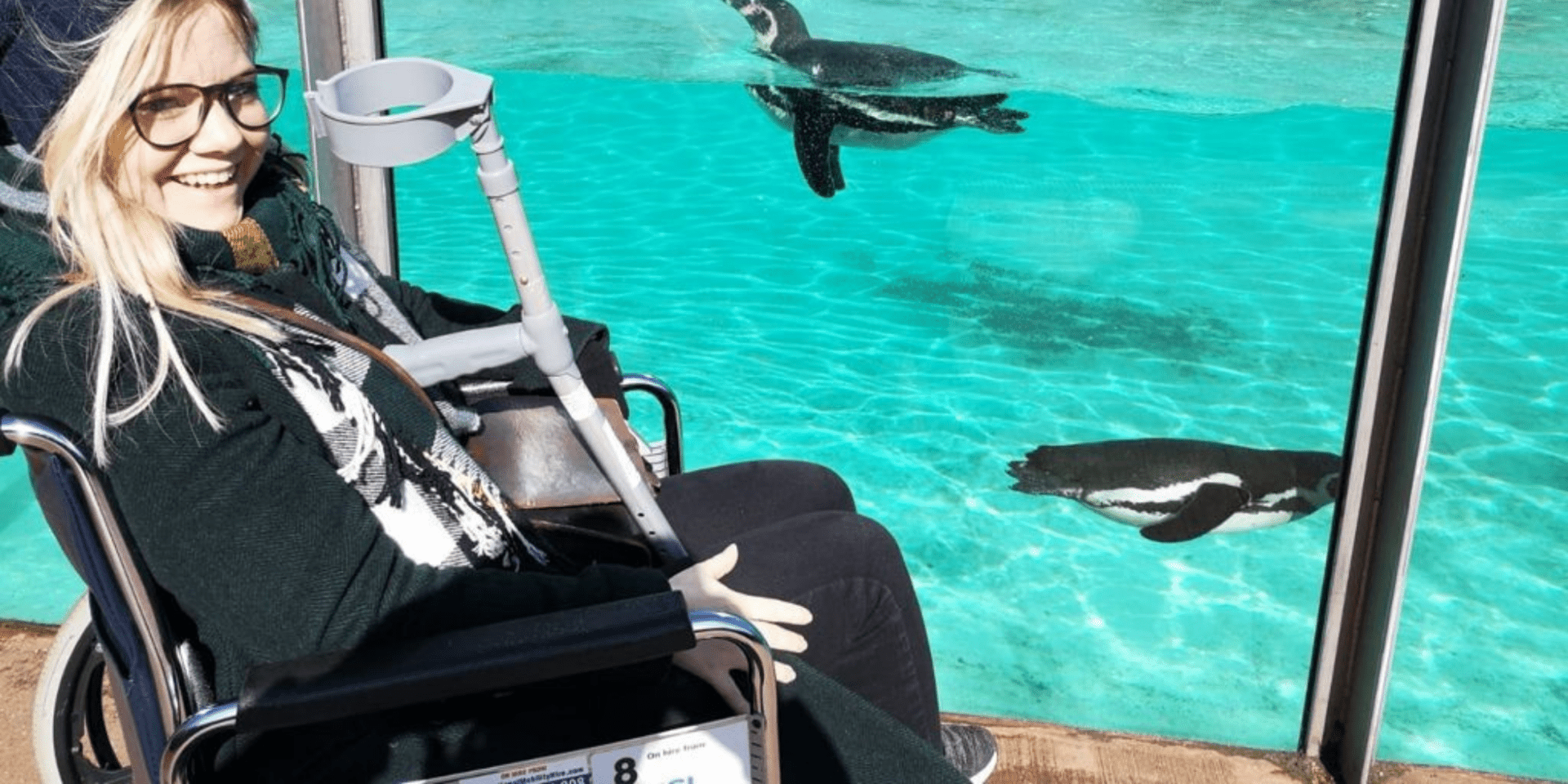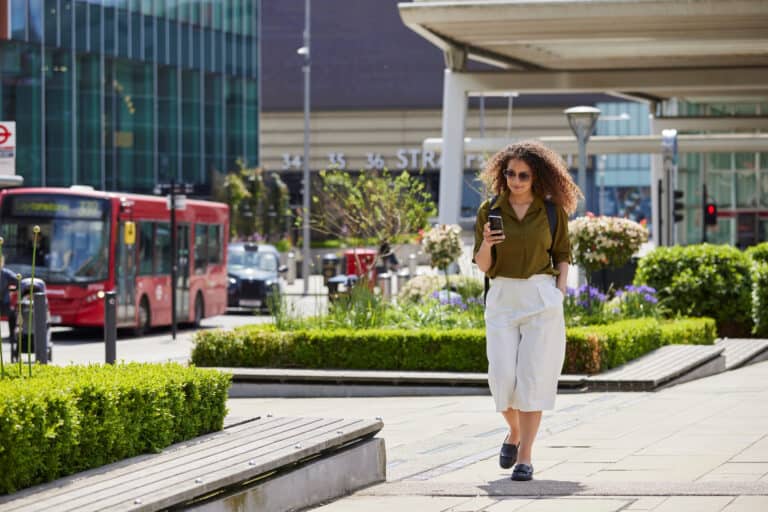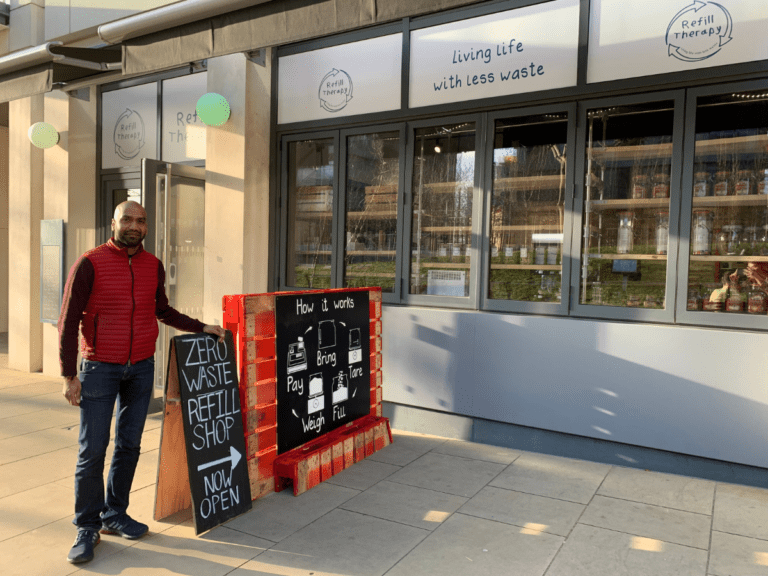

I’ve only recently come to terms with the fact that I’m disabled. To me, the word has always belonged to other, ‘more worthy’ people who happen to be in a wheelchair.
My particular condition is a herniated disc in my lower back due to both arthritis and throwing it out. I’ve had four years of physio therapy, three spinal injections and multiple prescription pain relief medication, and following spinal surgery last year I have had to use a wheelchair on a number of occasions. But even when I’m not in a wheelchair, my condition affects everything I do – from walking short distances to carrying groceries, doing the washing up and taking my dog for a walk.
Pain levels change from day to day, some mornings are filled with back spasms and I struggle to get out of bed; others is shooting sciatica down one or both legs, but there is also a constant ache which affects every movement, especially bending.
This means I rely a lot on my husband for help – he carries bags and groceries for me, physically pushes me upstairs, helped me learn to walk again following the surgery and assists me walking wherever we go – he is a hero!
Being in my 30s and looking relatively healthy, a lot of people assume that I am, which means I often have to ask for help from others. Anytime I get on the Tube to look for a seat I feel self-conscious. One time I was too shy to ask for a seat and ended up having to sit down in the middle of the aisle as the pain was too severe. I was on the way to the hospital at the time.
And then most recently, when I was queuing for my COVID-19 vaccine in Westfield Stratford, I had to do stretches whilst waiting before being offered a chair. Having been a healthy, independent person for most of my life, it’s something I’m still adjusting to.
Living in East Village E20 has had its advantages for particular day-to-day activities. My husband and I bought an accessible apartment in East Village via Triathlon Homes’ shared-ownership scheme in 2014, before even being diagnosed with a slipped disc and sciatica. This means our home is equipped for wheelchair access with wide doors and a walk-in wet room, which of course we’d never had known we’d needed, but has come to be a lifesaver.
Leaving the apartment for eating/drinking out, or remote working in a different environment, I’ll now always ring ahead to check they’ll have seats with a back support rather than the popular industrial-style looking picnic benches or bar stools.
Thankfully, most of the retailers in East Village have this set up. My favourite hangout spots are Tina We Salute You, which has the comfiest sofas for sipping cocktails; we’ve enjoyed many a craft beer on Mother Kelly’s green leather chairs and Darkhorse dinners never tasted so good in the comfort of their stylish seating. And even Roots, whose outdoor sofas are just a little too low for me, were incredibly understanding and gave me with a suitable chair when asked.
All around the village there are wide walking paths, good quality paving and thoughtful street furniture and benches sporadically placed. Even walking from Stratford stations up towards East Village there is a choice of sloped inclines past Sainsbury’s and La Gelatiera.
The thoughtfulness of people working in the neighbourhood has also been quite refreshing. From Sainsbury’s staff offering me a seat at checkout when the pain became too much to the Ginger & Mint team giving me cushions to help support my back when eating al fresco.
I’ve also been thankful for the two wonderful personal trainers at East Village’s Better Gym, Obi & Romina, who have adapted a lot of exercises both in the gym and via zoom classes to support with my recovery.
The accessibility of the homes and retail comes back to East Village’s legacy as a neighbourhood for the London 2012 Olympic and Paralympic Games. But something that you only fully appreciate as a disabled person is that the entire public realm is accessible. It’s so well designed to allow for ease of movement and create space for those who need it (which actually, is something I think we all appreciated during the height of the pandemic!)
View this post on Instagram
Having so much green space on the doorstep has been a benefit, both physically and mentally. While in recovery I bought an electric bike which has helped enormously for avoiding busy public transport and getting me out exploring East London, helping take my mind off things. The streets and paths around the Queen Elizabeth Olympic Park have dedicated cycle lanes, so everything feels really safe and makes it easy to plan routes.
During the pandemic we decided to get a dog, Waffle. Waffle has been so great for my mental health – always cheers me up with his cheeky ways from stealing slippers to running mayhem around the village with his puppy pals.
View this post on Instagram
He’s both helped and hindered my back. One of the many positives is that he forces me to go out for walks multiple times a day, but as he has grown up (he turns one in a few weeks!) his pulling and mischievous behaviour can be painful – along with the bending that is involved with bathing/feeding/watering/cleaning up after him. So I’m thankful to be a co-pawrent!
One of the things that the last 18 months has taught us, is that you can’t always tell if someone has an underlying health issue. But being ‘disabled’ doesn’t mean you are in-able or incapable of doing something. It’s society that creates the barriers, that are disabling. And while it may be some time for neighbourhoods, cities – the world! – to implement this perspective of accessibility into their infrastructures, services and attitudes to start enabling disabled people, we can all start being a little bit more considerate now.
Small steps in the right direction help make a big difference. For example, the introduction of the sunflower lanyards in shops to indicate hidden disabilities has made a positive, tangible difference. I know from experience that whenever I wear a walking aid or flash my blue badge, I’m suddenly treated slightly differently.
It’s important to remember that you never know what someone might be going through. So a final message from me to you: be kind, be thoughtful.
Get Living is committed to creating neighbourhoods and homes with equality of access. All our homes have step-free access from the building entrance to your front door. Plus, level threshold access onto balconies and terraces. Dedicated parking for blue-badge holders is available across all our neighbourhoods.
Discover our accessible homes or get in touch with the team to find out more about accessibility at Get Living.


